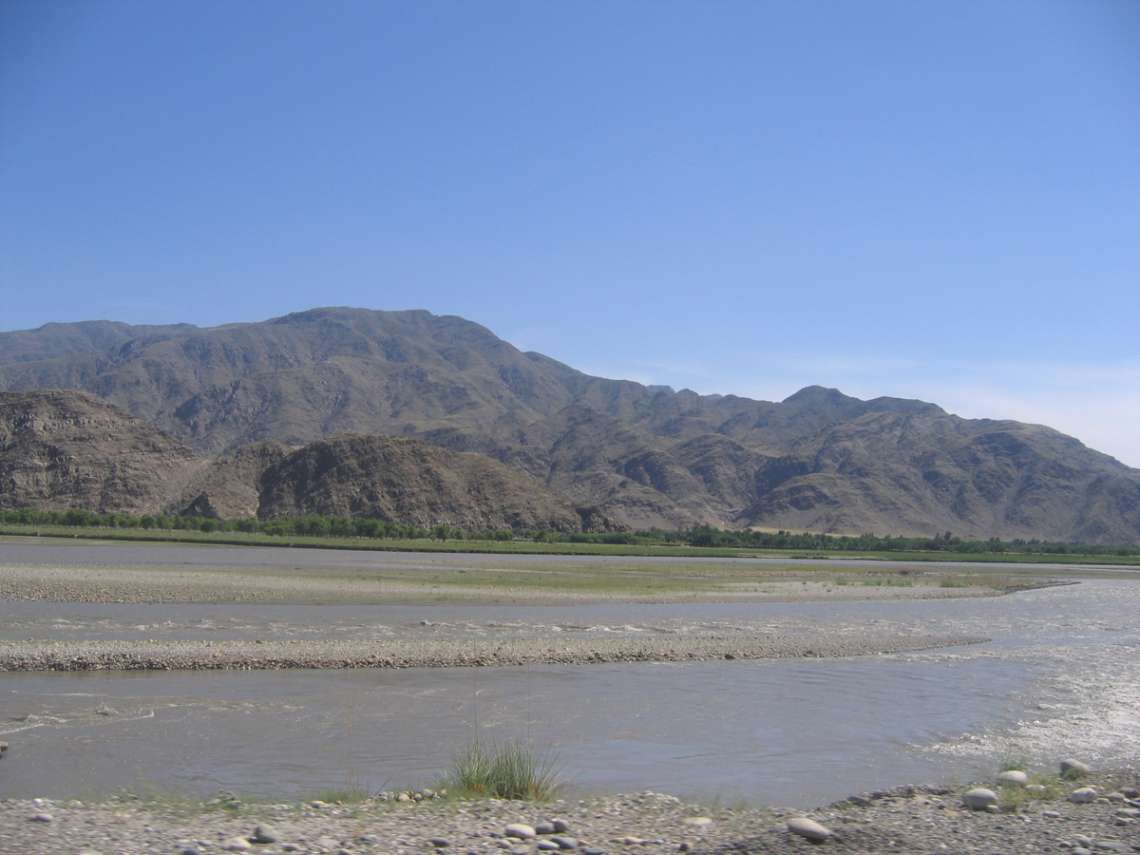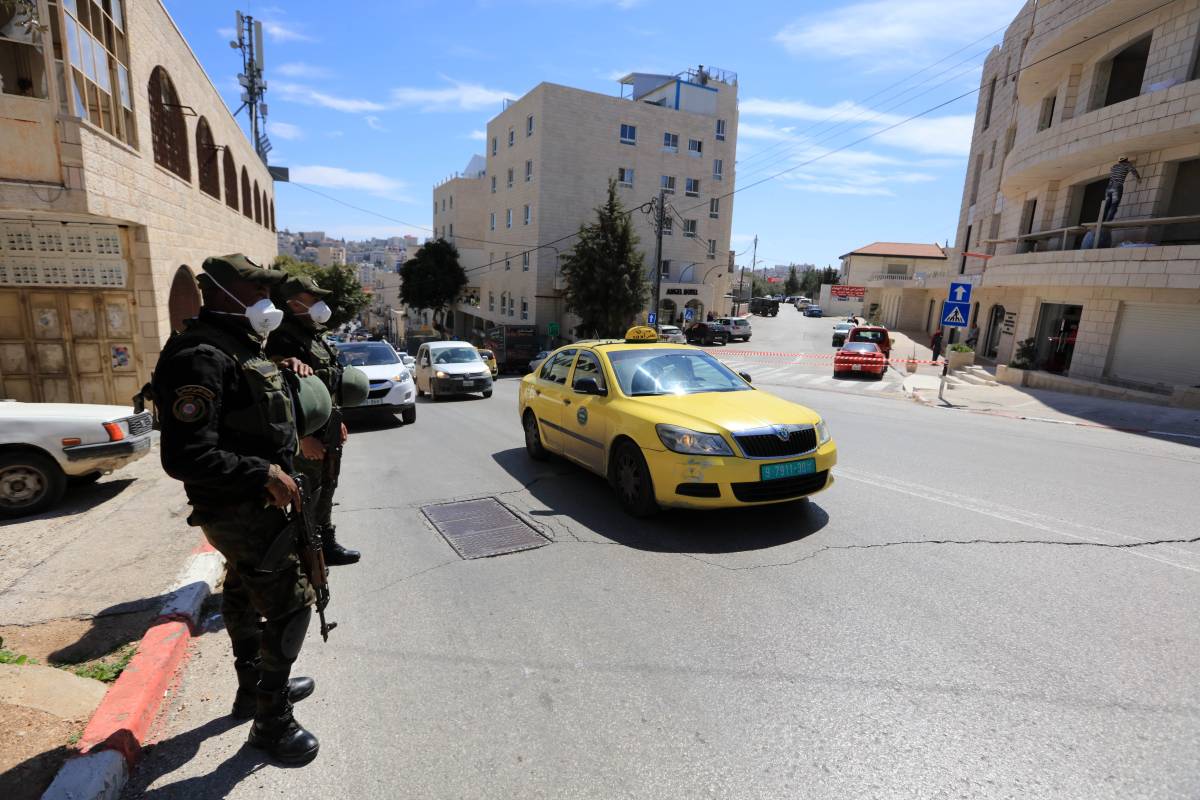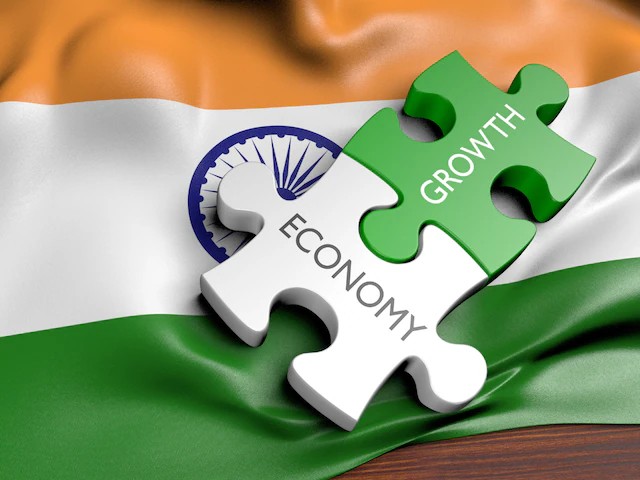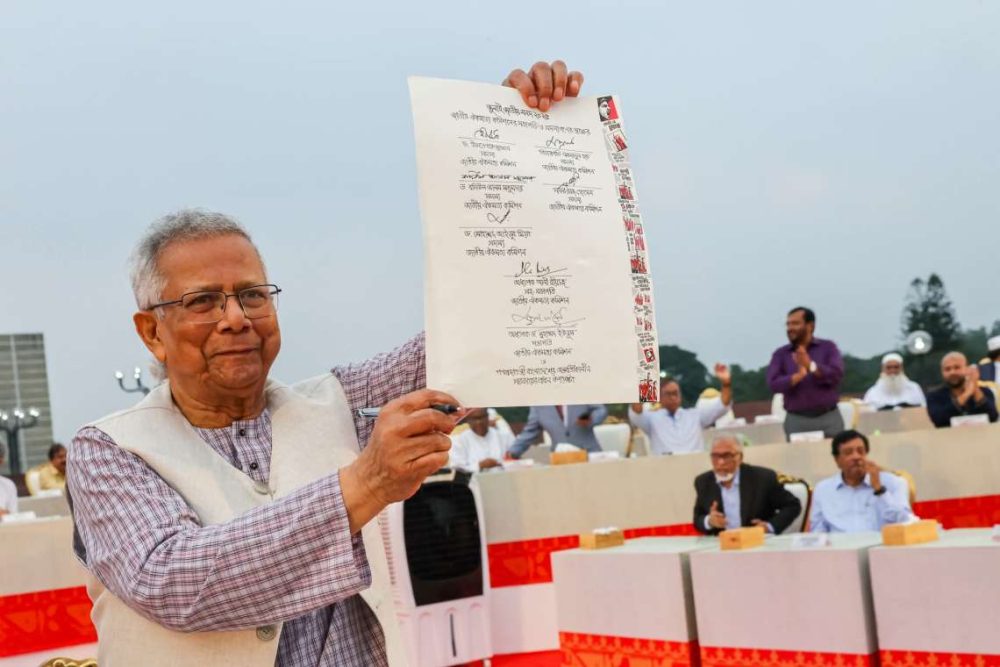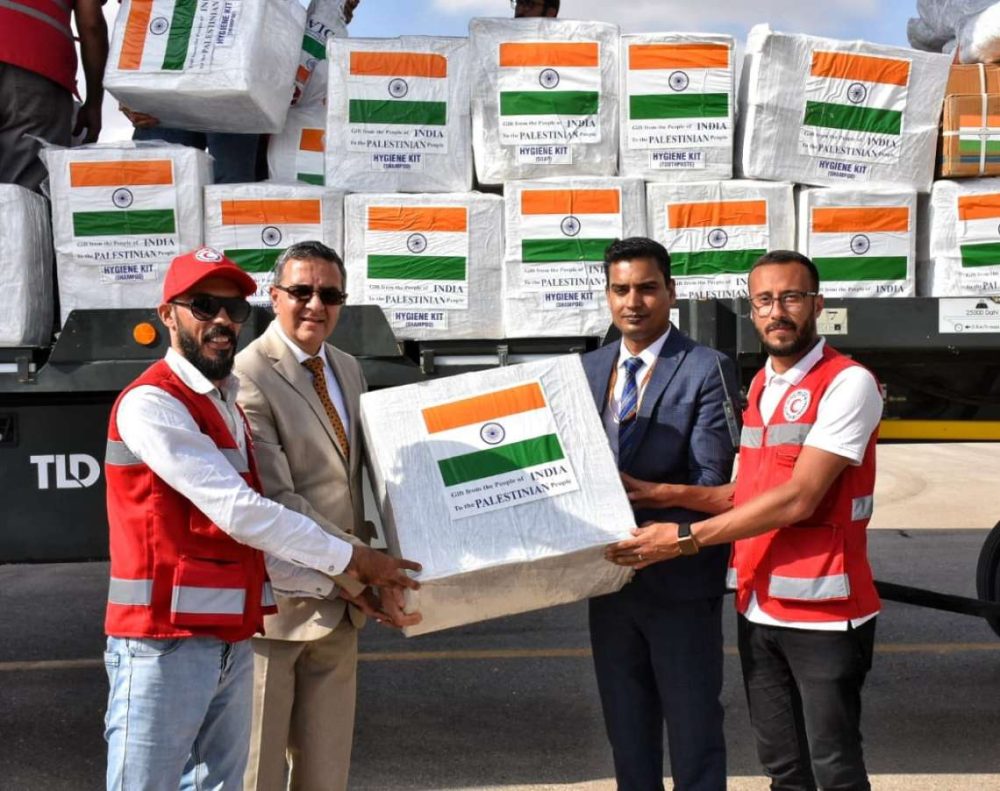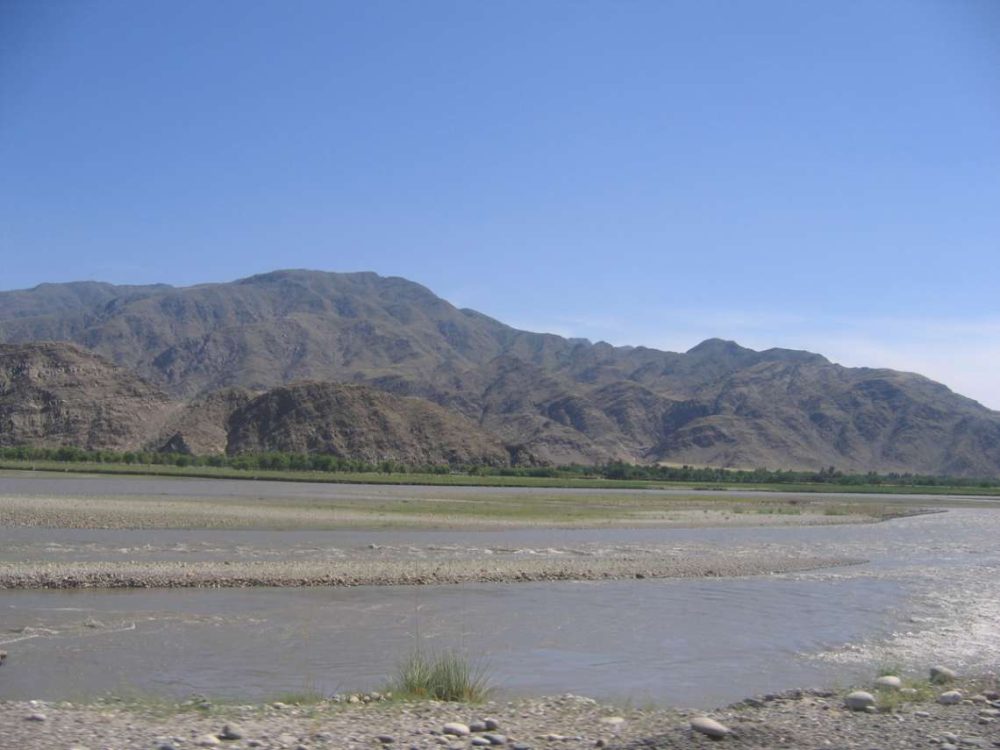India has several millennia old historical, cultural and civilizational links with Central Asia. India considers this region as a part of its ‘’extended neighbourhood’’, writes Ashok Sajjanhar
The first India-Central Asia Summit will take place in a virtual format on January 27. India is the only country to host such a Summit with Central Asia. It is a path-breaking initiative with potential to significantly enhance the vibrant partnership that India enjoys with the five Central Asian states.
The virtual format was adopted as Plan-B as it was no longer possible to host a face-to-face summit with the Presidents of Kazakhstan, Kyrgyz Republic, Tajikistan, Turkmenistan and Uzbekistan, who were to be the joint chief guests during the January 26 Republic Day celebrations.
However, the rapid spread of the highly transmissible Omicron variant of the coronavirus proved to be a formidable obstacle in the realisation of this plan. The Indian government needs to be warmly complimented that it is going ahead with this initiative to organise a virtual Summit rather than jettison the idea.
India-Central Asia Relations
The salience of Central Asian countries has grown significantly, for India and the world, after the coercive seizure of power by the Taliban in Kabul on August 15 last year. It is a measure of the distrust that the whole world harbours that even after more than five months of the forcible capture of authority by the Taliban, not a single country has conferred diplomatic recognition on it. In addition to the demand for an inclusive government in Afghanistan and protection of human rights of minorities including the Tajiks, Uzbeks, Hazaras, Shias, Hindus, Sikhs, women and girls, the global community has been demanding that the Afghan territory should not be used for launching terror attacks against its neighbours and others farther away.
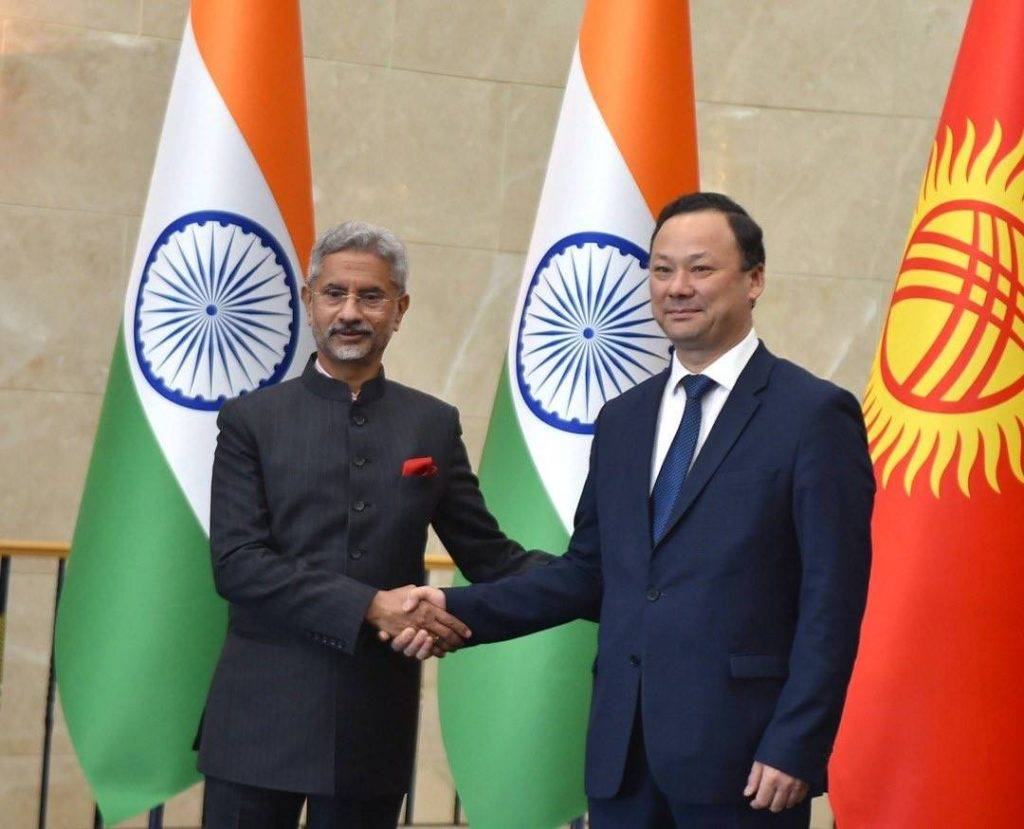
India and Central Asian states share similar concerns about the imperatives of peace and stability in Afghanistan. This was demonstrated by the presence of the Secretaries of the National Security Councils of all these countries, along with their counterparts from Russia and Iran, at the Delhi Regional Security Dialogue hosted by India on November 10. In addition, foreign ministers of all the five Central Asian states travelled to India to participate in the Third India-Central Asia Dialogue soon thereafter on 19-20 December, while sending their deputies to the OIC foreign ministers meeting organised by Pakistan the same day. These back-to-back deliberations in New Delhi have placed India strongly back at the centre-stage of negotiations on peace and stability in Afghanistan.
The recent violence and instability in Kazakhstan has given rise to additional anxieties about the activities of Islamic terrorist groups and others in the region. Kazakh President Kassym-Jomart Kemelevich Tokayev mentioned the presence of ‘’Islamic terrorists’’ as well as militants from Central Asia, Afghanistan, Middle East (who spoke a foreign language, probably Arabic) when addressing the people of Kazakhstan on the bloodshed in the country in the first week of this year. This preliminary information is a cause for deep worry for Central Asia and neighbouring countries including India, Russia, Iran and others.
India and Central Asia are celebrating 30 years of establishment of diplomatic relations. India was one of the first countries to accord diplomatic recognition to these countries on the disintegration of the Soviet Union in 1991. The Summit would be an appropriate occasion to discuss the progress that the countries have made over the last 30 years in taking our partnership forward and further steps necessary to infuse the ties with greater dynamism.
Defence and Security
Security and defence partnership in the context of the evolving situation in Afghanistan and fight against Islamic terrorism, fundamentalism and radicalization would be key issues for discussion at the Summit. As is evident from the consensus documents adopted at the Delhi Regional Security Dialogue and the Third India-Central Asia Dialogue, there is considerable similarity of views between India and Central Asian states on all these themes. There are however several nuances which need to be taken cognizance of. Four of the five Central Asian countries (barring Tajikistan) are keen to engage economically and politically with the Taliban dispensation, both because of the economic benefits that accrue to them as also because they feel that this is the best way to ensure peace and security on their borders and in their countries. Ministers and senior officials of these countries have been visiting Kabul and vice-versa to maintain contact and advance commercial and economic partnership.
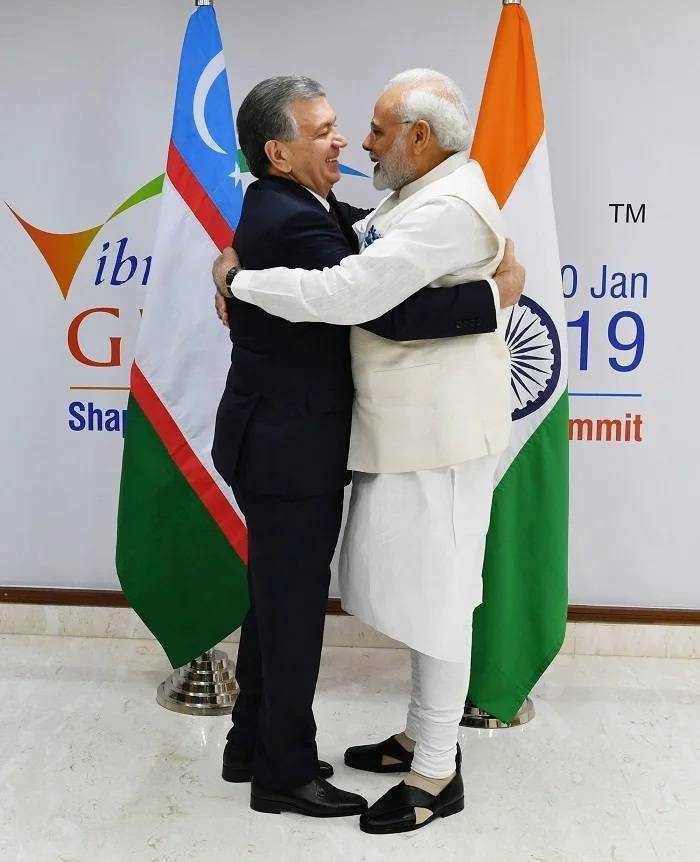
It would therefore be useful to set up a formal Defence Dialogue Forum at the level of the National Security Advisers of all countries which would meet regularly to exchange views on the evolving situation in Afghanistan and in the region. India has considerable experience in confronting Islamic radicalism and terrorism and the Central Asian states could benefit from sharing these insights. It is also essential that the countries share intelligence about terror activities and networks on a real time basis so that they can protect themselves from any planned terror attacks.
India has considerable cooperation with most of these countries in the defence and military arena. Time has come to expand our collaboration from the traditional areas of training, joint exercises etc. to supply, upgradation, servicing of military equipment. It will be necessary to take this initiative forward with Russia which is deeply invested in security as well as economic engagement with Central Asia. The issue of India-Russia collaboration in Central Asia was discussed during the recent Summit between PM Modi and President Putin in New Delhi on 6th December, 2021. Some documents on the subject have also been exchanged between the two sides.
India has taken fresh initiatives recently in export of military hardware and has met with some significant successes. Since the Central Asian countries are following a multi-vector foreign policy and most of their equipment is of Soviet/Russian origin, Indian military hardware would be compatible with the systems they currently deploy and there could be considerable interest in sourcing their requirements from India. In the initial stages it would be necessary for India to provide suitable Lines of Credit to these countries as has been done for Vietnam and some others.
Connectivity
Lack of Connectivity is the single biggest obstacle in taking the relationship to its optimum level. India and Central Asia are handicapped because they don’t share a land border. In addition, Pakistan which falls between them does not permit passenger or cargo traffic to be transported over its territory. Pakistan has resisted even humanitarian aid of wheat and medicines to the people of Afghanistan to be carried over its land. All the Central Asian states are land-locked countries. Uzbekistan is doubly land-locked. In recent years, Uzbekistan has made proactive moves to create infrastructure which would enable it to access the Arabian Sea. India started on the journey a few years ago to reach Afghanistan and Central Asia via Chabahar and by acceding to the Ashgabat Agreement in 2018.
Considerable progress has been achieved in operationalizing the Shahid Beheshti Port of Chabahar but more needs to be done. India needs to take this up as a strategic project. India, Iran and Uzbekistan are engaged in a trilateral dialogue to improve the existing infrastructure and promote utilisation of Chabahar. Incorporation of Chabahar in the International North-South Transport Corridor, which has been agreed to by all the Central Asian countries, would further enhance the operations at the port. Construction of the railway link a few years ago between Kazakhstan, Turkmenistan and Iran would also contribute to streamlining the linkage between India and Central Asia.
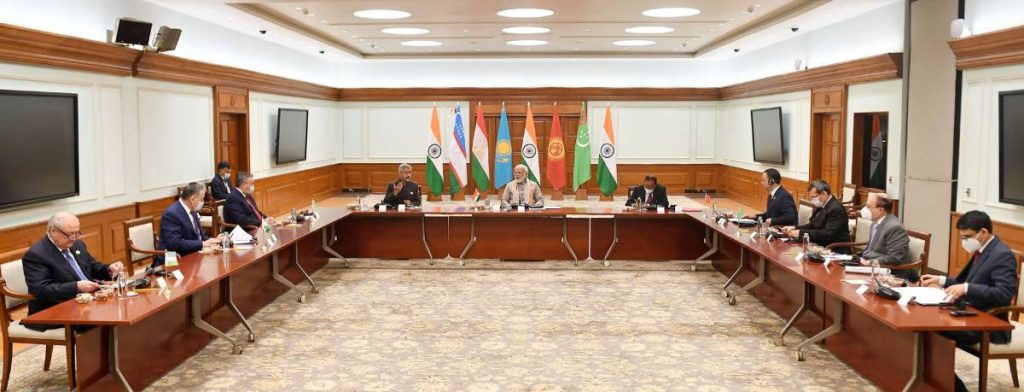
Uzbekistan has been actively promoting the construction of a railway link from Termez to Hairatan to Kabul to Peshawar to connect with the China-Pakistan Economic Corridor (CPEC). This is an ambitious US$ 5 billion project. Its security and sustainability would significantly depend on the Taliban. We need to impress upon Uzbekistan that the project would be economically viable only if cargo is allowed to travel to India, Bangladesh, Nepal etc. and not stop at Peshawar in Pakistan.
Central Asia is well endowed with hydrocarbons and has extensive supplies of oil, coal, gas, uranium and also hydropower. Barring uranium, which India imports in significant quantities from Kazakhstan and Uzbekistan, India is not able to take advantage of the mineral resources of Central Asia due to lack of direct connectivity. Leaders of India and Central Asia need to put their heads together to devise some creative solution to overcome this impediment.
Commercial and Economic Cooperation
Economic collaboration is an area where Indian-Central Asian partnership has fallen woefully short of potential. It is imperative that the Indian private sector is encouraged to focus on the Central Asian market, both for trade as well as for investment. Information Technology, pharmaceuticals, health, infrastructure, telecom, agriculture, energy, textiles, medical tourism; pilgrimage, historical and cultural tourism; education; gems & jewellery etc. are areas where good possibilities exist for cooperation. Indian large and medium corporate houses should try to establish joint ventures in the above fields. They should also try to participate in tenders to get contracts for projects that are being undertaken on a regular basis in these countries with funding from the World Bank, ADB, AIIB, EBRD, IDB etc.
India has offered a Line of Credit of US$ 1 billion to Central Asia for promoting bilateral trade and economic cooperation. The India Central Asia Business Council has also been established recently to promote this engagement. These initiatives are in addition to decisions taken at bilateral level to promote partnership with these countries. India’s private sector will have to play an important role in expeditious implementation of these arrangements.
Conclusion
India has several millennia old historical, cultural and civilizational links with Central Asia. India considers this region as a part of its ‘’extended neighbourhood’’. The strategic, political, security and economic significance of this region was underscored by Prime Minister Narendra Modi’s visit to these five republics in July, 2015. He is the only Indian Prime Minister to have visited all the five States.
Immense potential exists to deepen cooperation between India and Central Asia in trade and investment, defence and security, energy, Information and Communications Technology, pharmaceuticals, capacity building, agriculture, innovation, education, culture, tourism, space, mining, joint ventures etc. Private businesses, small and medium enterprises, start-ups etc. need to actively contribute in this endeavour.
India enjoys immense good will in Central Asia. The forthcoming Summit will be a huge stride in realising the full potential of this partnership.
(Amb. Ashok Sajjanhar, is a former Ambassador of India to Kazakhstan, Sweden and Latvia. He is an Executive Council Member at the Manohar Parrikar Institute for Defence Studies and Analysis and President, Institute of Global Studies. Views expressed are personal.) (The content is carried under a special arrangement with India Narrative)
ALSO READ: Crisis in Kazakhstan – a seismic event in Central Asia
ALSO READ: India’s growing ties with Russia and Central Asia irks China



